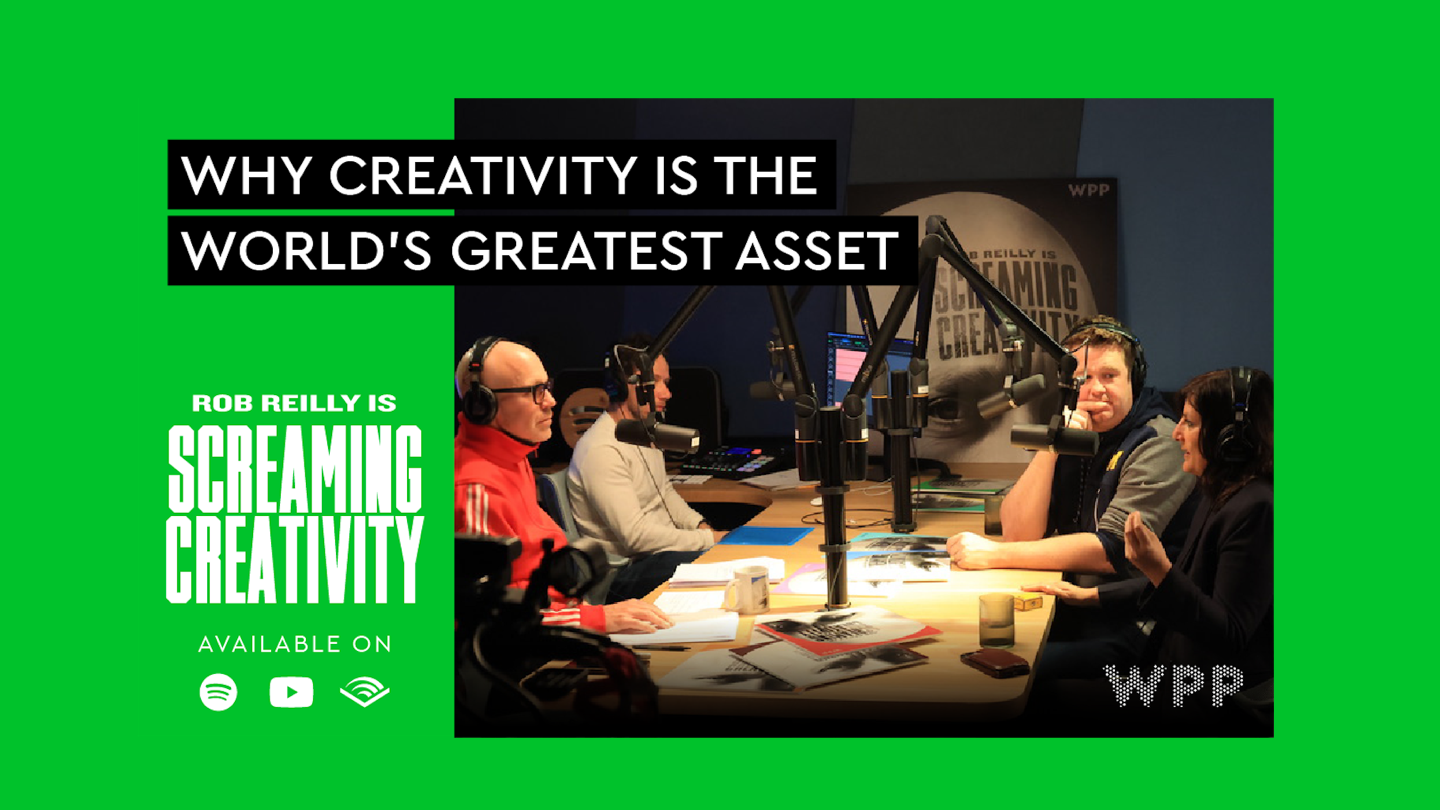
What does it mean to be creative and who determines what creativity is? In Screaming Creativity, a new video podcast from WPP—the world’s largest marketing and communications company—listeners will be inspired to chew on those questions through frank conversations hosted by WPP Chief Creative Officer Rob Reilly. Each episode will feature influential creatives, ranging from C-Suite executives to musicians, comedians to corporate brand leaders. They’ll engage in candid conversations on their creative journeys, breakthrough career moments, the impact of technology on creativity, the ever-evolving industry landscape, and much more.
As a driving force behind some of the most iconic campaigns in the advertising industry, Rob Reilly brings a wealth of experience and an unmatched passion for creative excellence, and he couldn’t be more excited to work with Spotify on the production.
“Our goal at WPP is to be the most creative company in the world,” he noted in an interview with For the Record. “We want to work alongside, and be compared to a brand like Spotify. I’m a big supporter of Spotify’s brand and mission. It’s seen as a highly creative company, utilizing data in very targeted and fun ways for advertising and marketing. I’m fascinated to see what Spotify does next.”
What’s the thinking behind Screaming Creativity?
I love ideas that are loud. When an idea lands in culture and the press writes about it, ideas share and spread. Understanding that pipeline is the foundation of my entire creative process and how I judge ideas—I used to make people present the headline they’d want to win when the idea lands. I loved the idea of turning that concept into a podcast by talking to CMOs and people within WPP. It’s like a masterclass, listening to some of these people.
It’s been so fun so far. I especially love the “rising star” segment where we feature younger people at WPP, but it’s also so fun to speak to creatives like Marlon Wayans—we have a two-part episode with him, and his family is such a standout brand in comedy and entertainment—and feeling like this could be the future, that maybe this can expand to more people talking about creativity and the things we’ve created that the world can’t ignore.
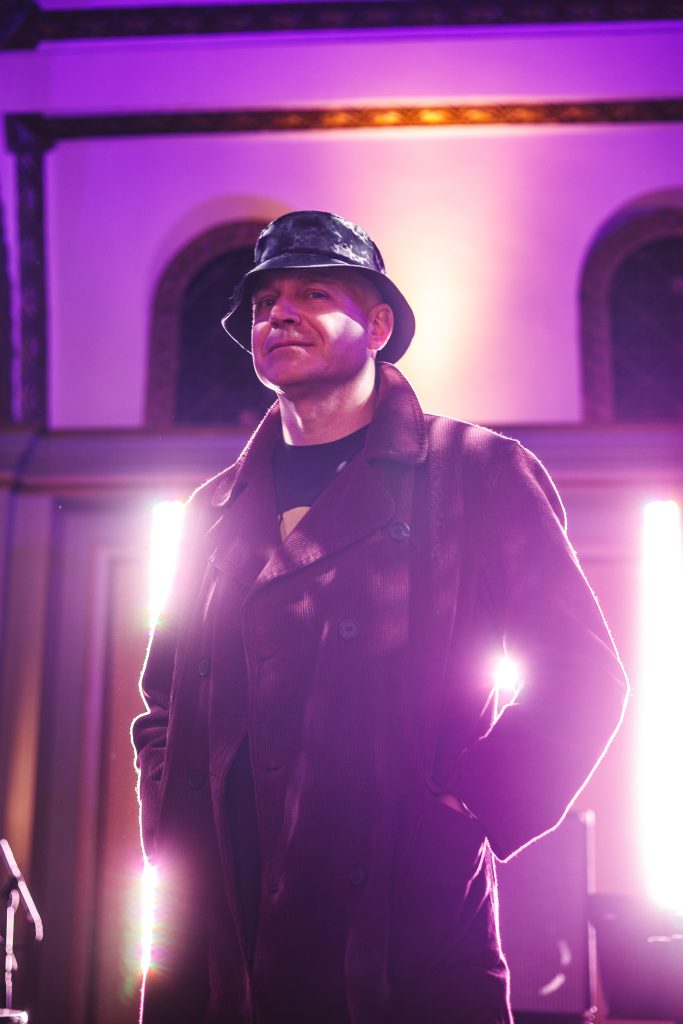
What’s been your experience with audio storytelling?
One of my first assignments as a copywriter was in radio. As a young creative in the ‘90s, you had to learn how to captivate people and tell a story without pictures. I was always a strong radio writer, and I’ve always been fascinated by creating these worlds with audio.
The first thing I did at my job at McCann, in New York, on the Coca-Cola account, was writing little signs on convenience store windows and radio for Coca-Cola. I did a radio campaign that was very popular called Coke Journal, and we brought Chris Rock onto it to develop it for some of the urban radio stations. It was called “Rock Logic,” and he was great. I saw him 25 years later and reminded him of working together and he said, “I’m available!”
What changes have you seen in audio consumption recently? What excites you about the future of the medium?
The pandemic really put a spotlight on audio, and podcasts in general. I wasn’t listening to many beforehand and now I listen to dozens. The pandemic has changed so many things. How we all work, what a workplace is, our values, what we want out of life. But a lot of the last three years has created a reliance on content, especially when we couldn’t leave the house. For three years, we were listening to The Daily and getting into a routine. Or we were passing the time with The Rewatchables, or Smartless. And there’s something calming, about hearing people talk. People’s reliance upon audio is going to continue to rise, because the content is just getting more and more interesting.
The podcast covers breakthrough career moments. Do you have any of these of your own?
I was one of those people in New York who worked at a big agency, and had a big job making a decent amount of money. I was maybe 33 or 34. But I realized that I wanted to create that “famous” work for myself. So I made the decision to cut my title and my salary and start over as a copywriter in Miami. I wasn’t married and I didn’t have kids, and I decided to take the risk. I thought I was on a path at being good, but not having enough work that people would follow, or would look to me for expertise. It was hard, no one liked me or respected me. So I put my head down and I just started making the work. And once I started making the work that people liked, that’s when the respect came.
Your work is your calling card. Not your titles, not your experience. It’s the work you’ve made.
Any innovative audio campaigns that come to mind?
“Bud Lite Presents: Real American Genius.” Funniest radio campaign you’ll ever hear. I think it was BB Chicago who did it. You heard it, and then you couldn’t wait for it to happen again. The audio, the delivery, the writing on it was so sharp. That’s an audio campaign I’ll never forget.
I also feel like Spotify falls into this category, it’s one of these products that have changed people’s lives. I was thinking recently about cassettes, and CD’s, and having to wait on the radio to play the song you liked so you could record it, and you would pray the DJ didn’t talk over it. Now you can stream something in a second.
What do you hope listeners will take away from Screaming Creativity?
I care about exposing more people to the vast array of creatives in the advertising industry. There’s so many young people who are so interesting, so many stories of CCO’s that you wouldn’t know.
I think it’s going to be interesting to hear people talk about creativity as it applies to their lives, and then as it applies to business and marketing. And I think people want to hear the stories behind Fearless Girl, and some of the things Cadbury’s done in India, helping small businesses through AI.
I want people to see the value in creativity. That the future is creativity. I continue to think it’s going to be the world’s most valuable asset. It should be something we all use to solve big problems and take advantage of big opportunities.
Stream Screaming Creativity, available on Spotify, now.




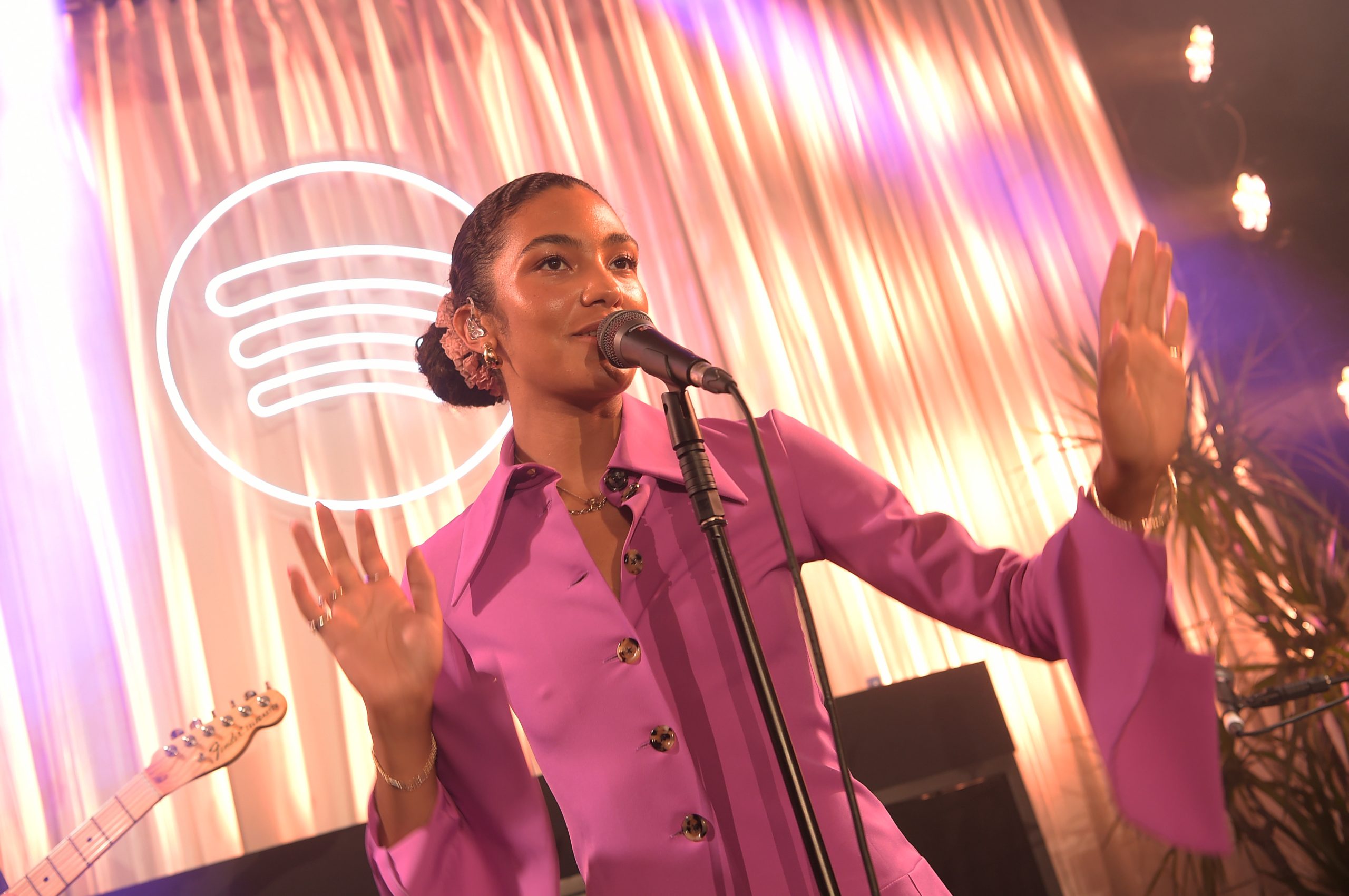
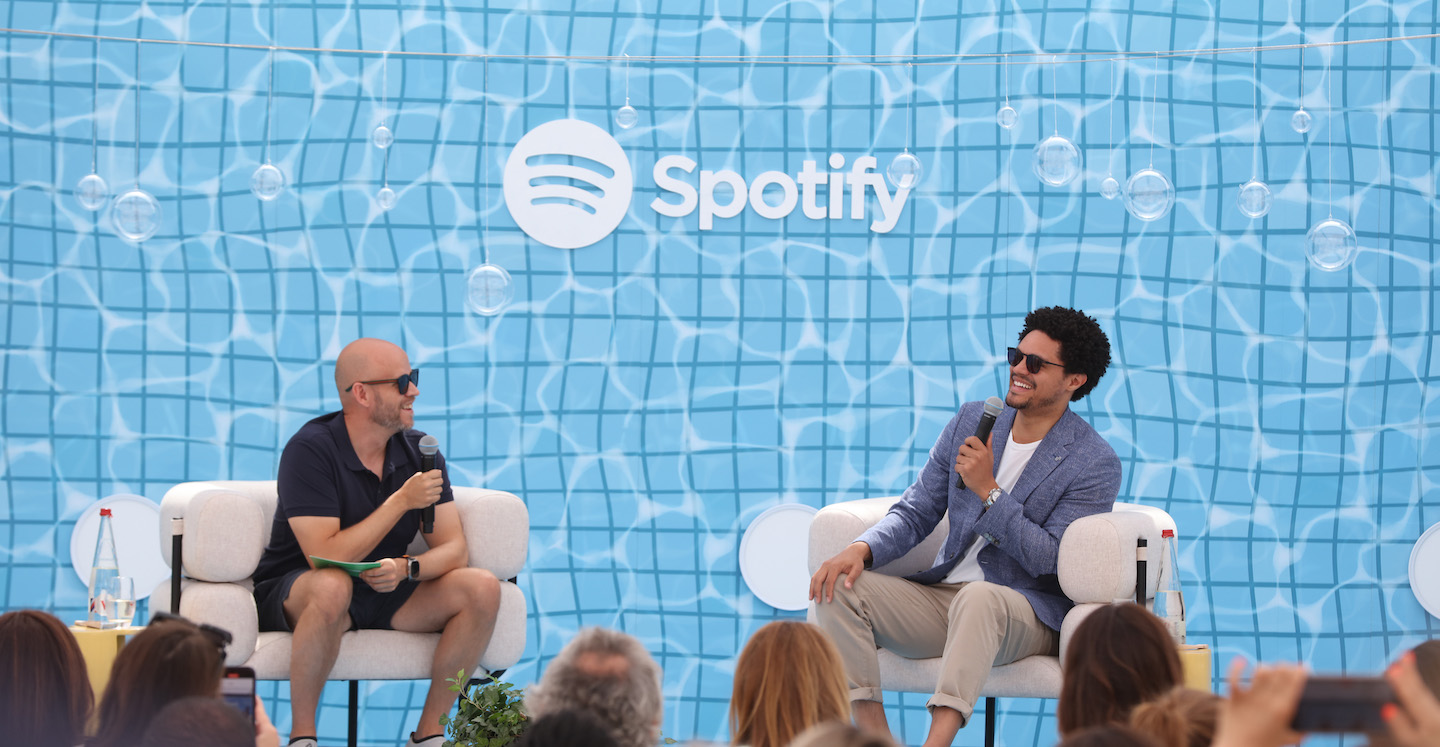
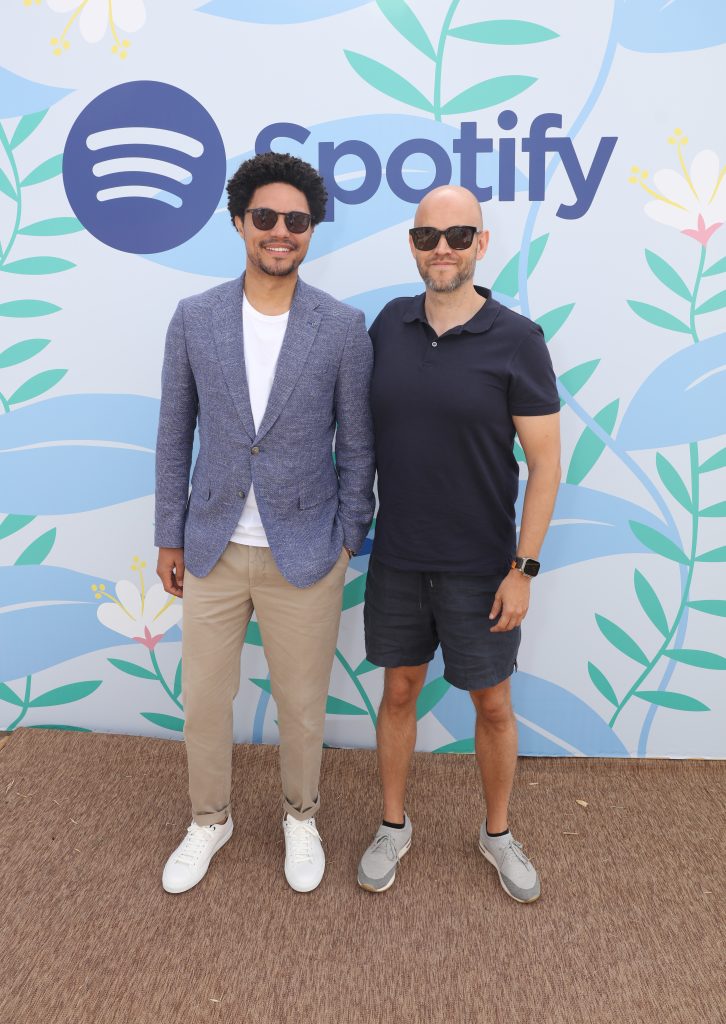
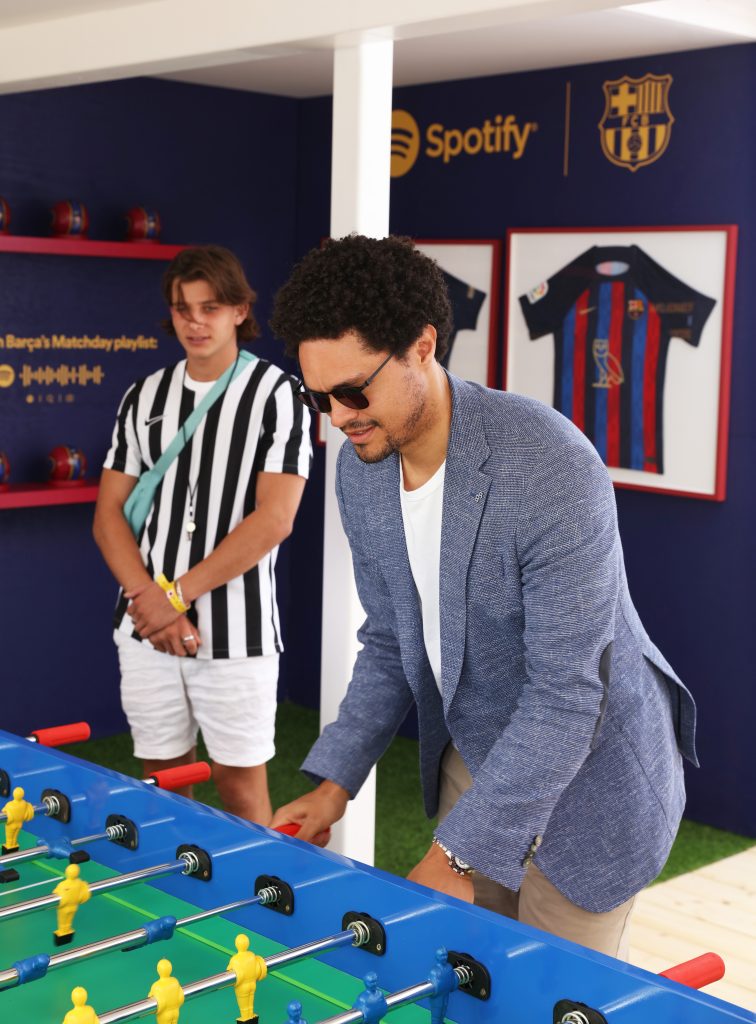
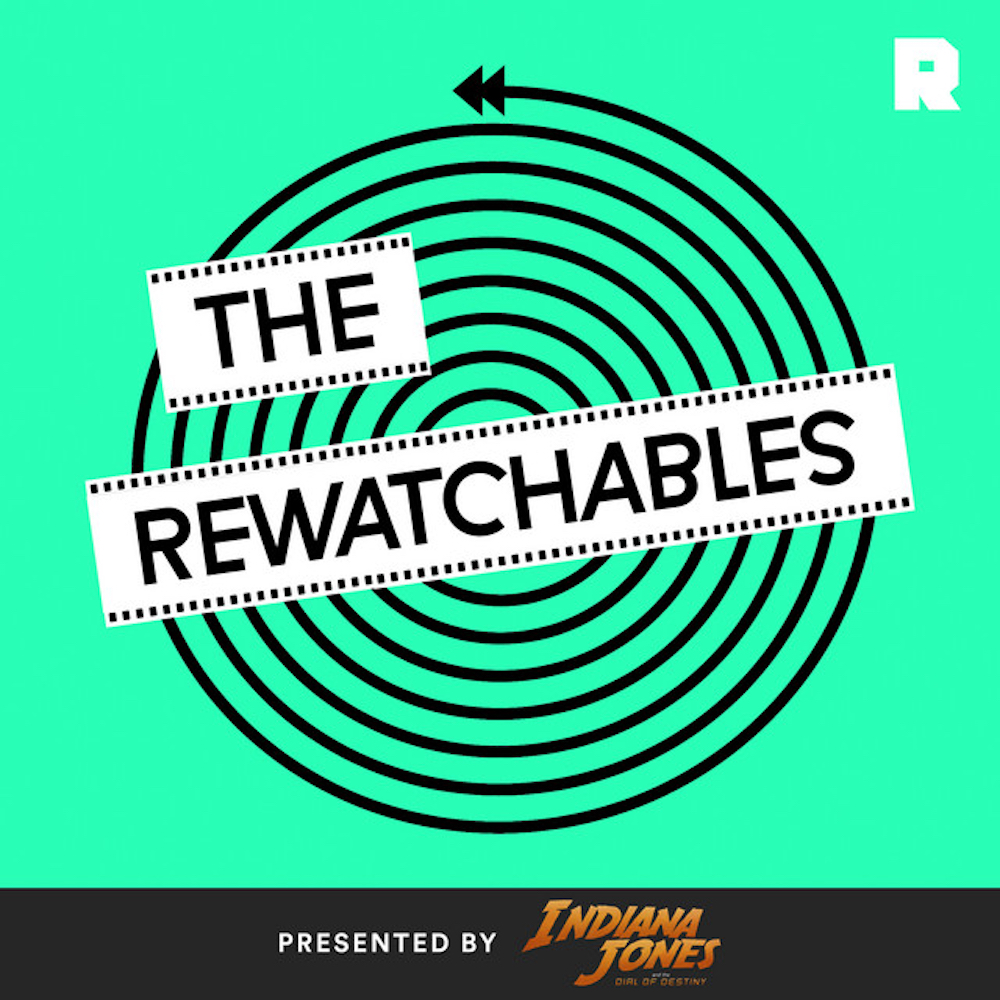
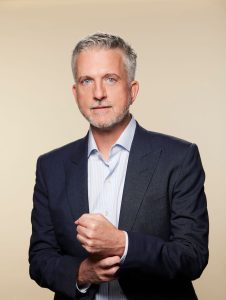
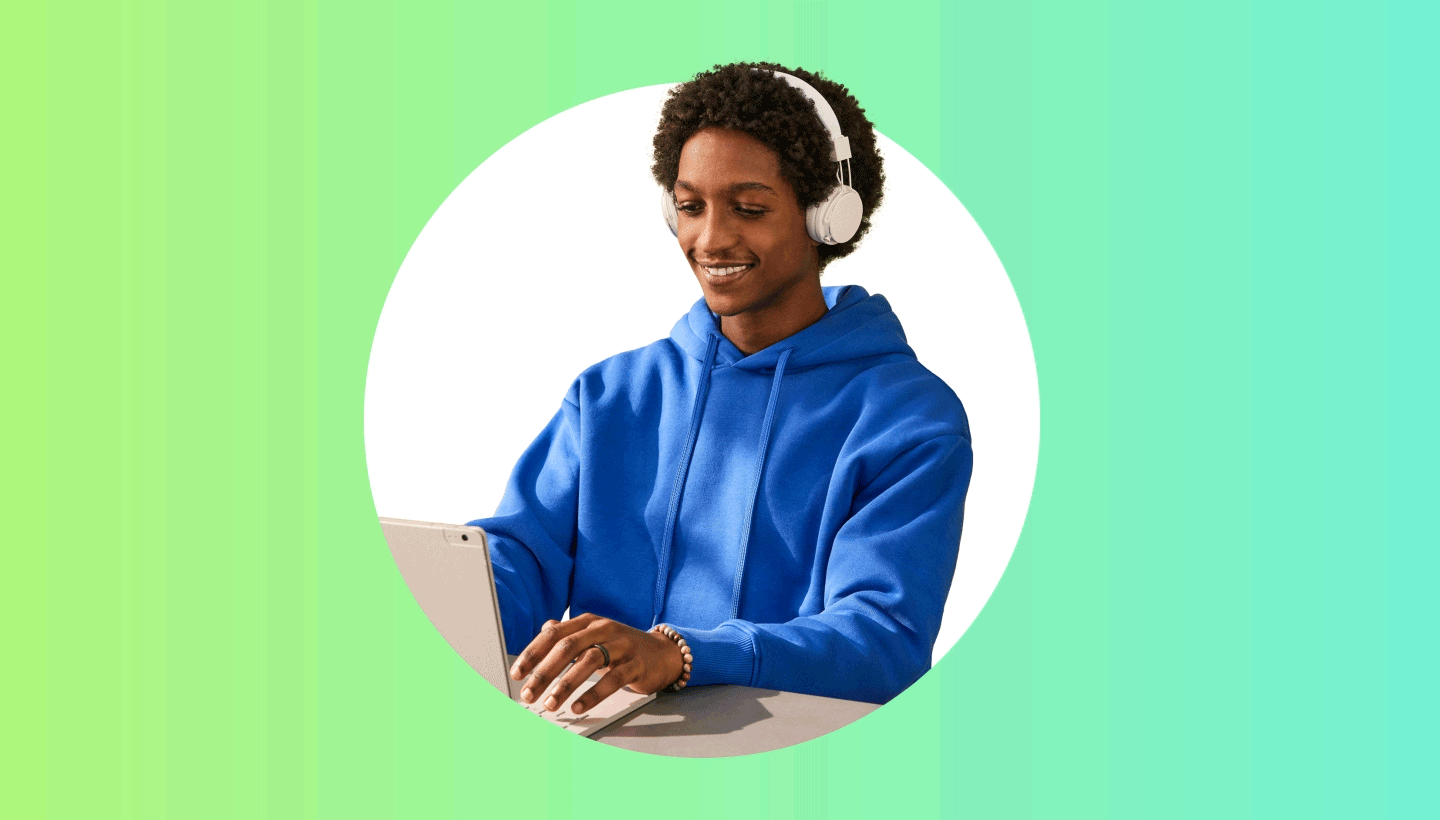
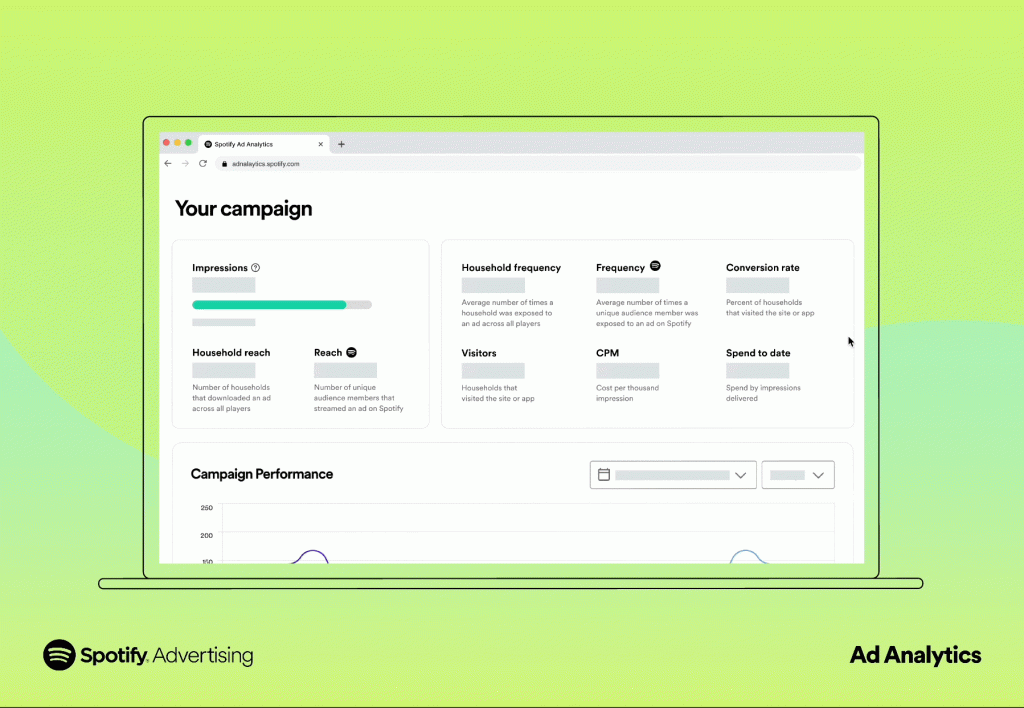
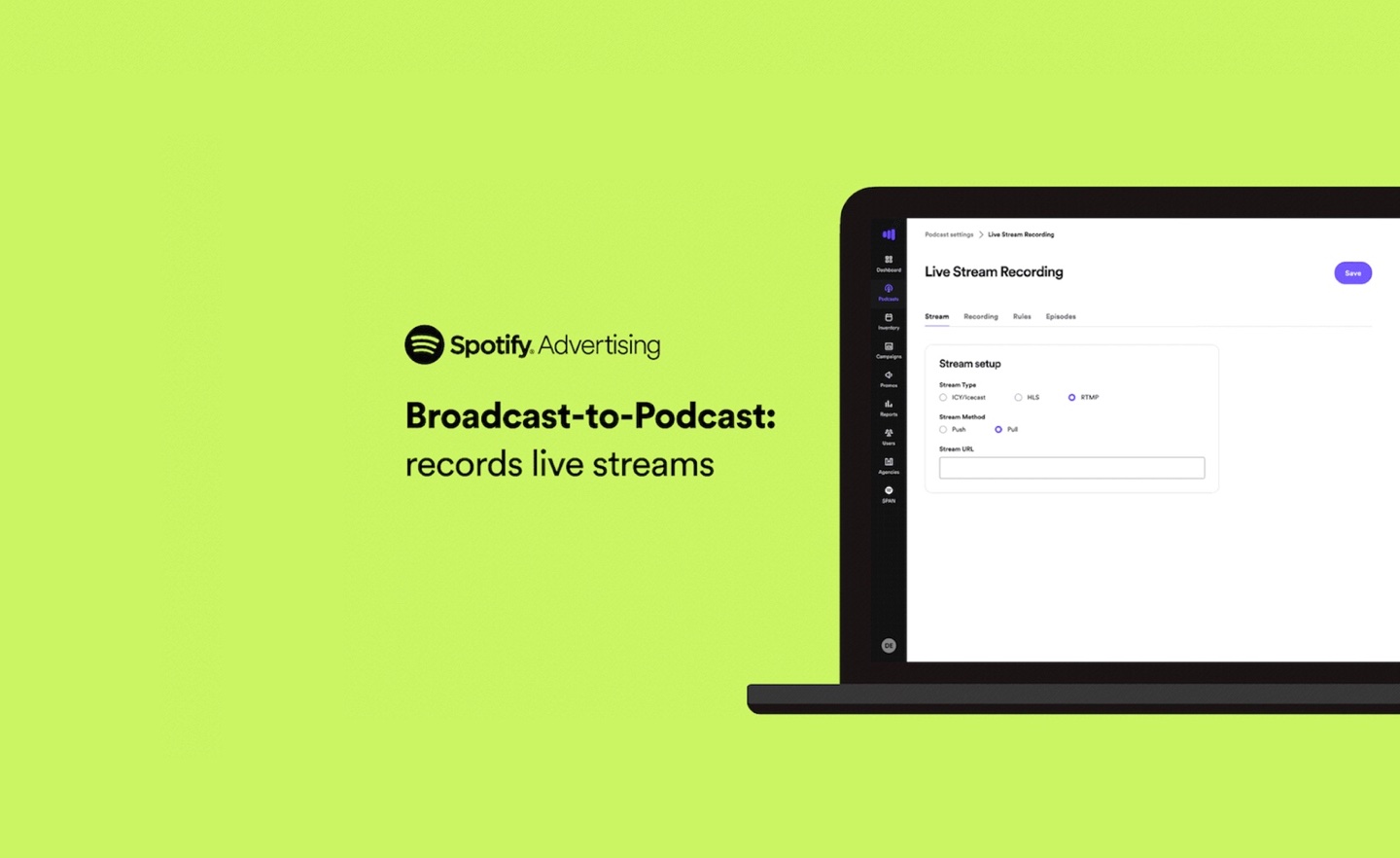
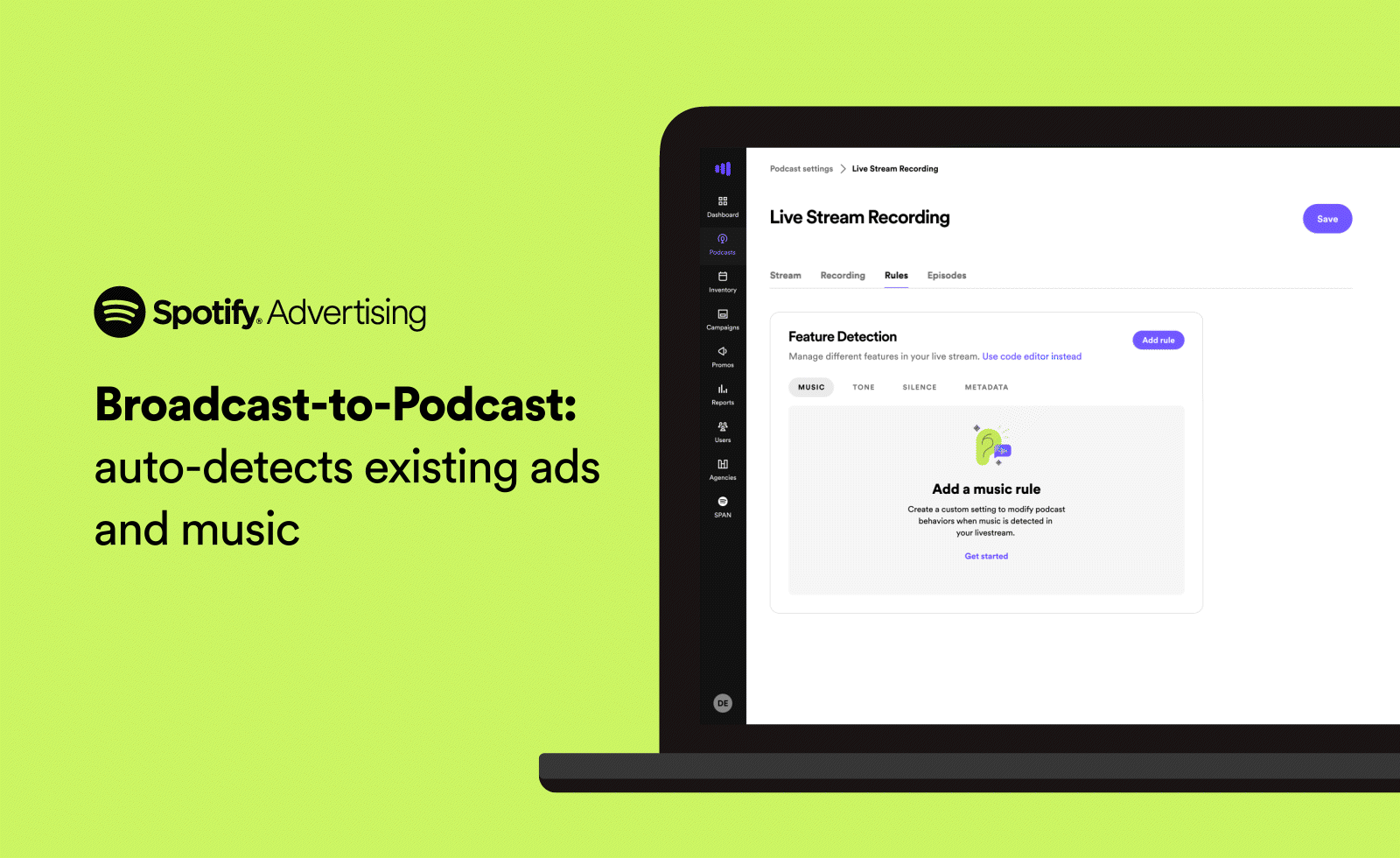
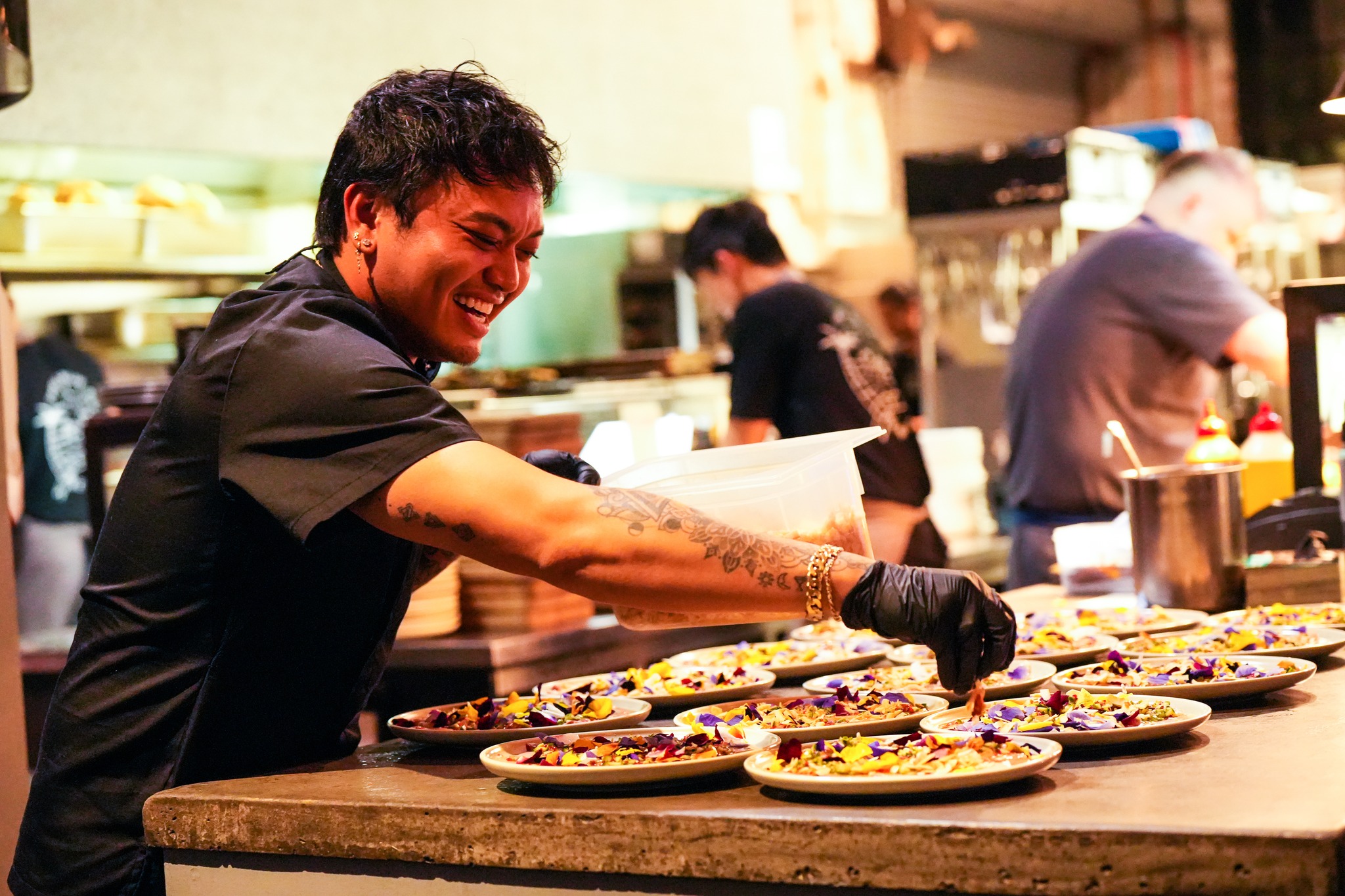
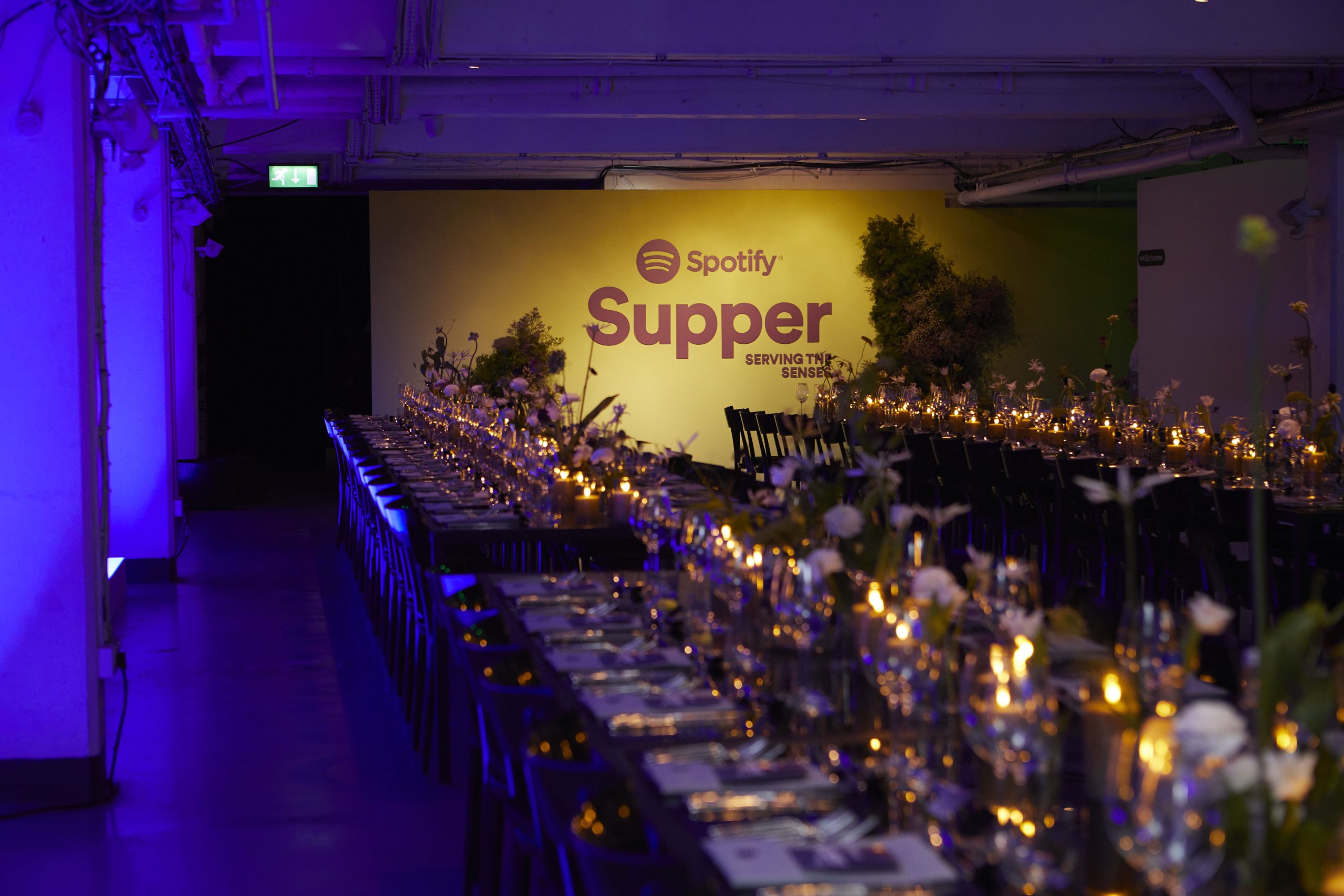
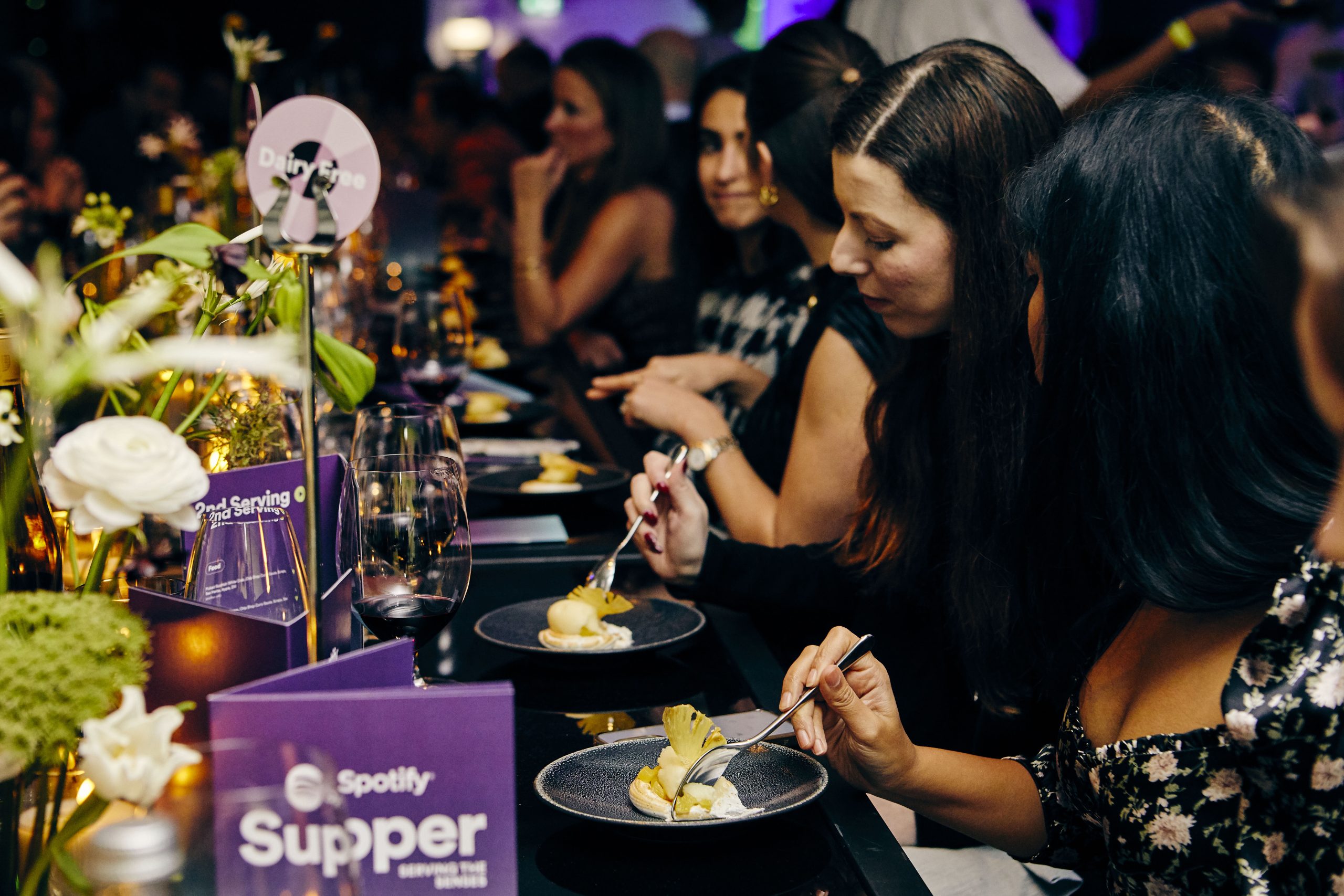
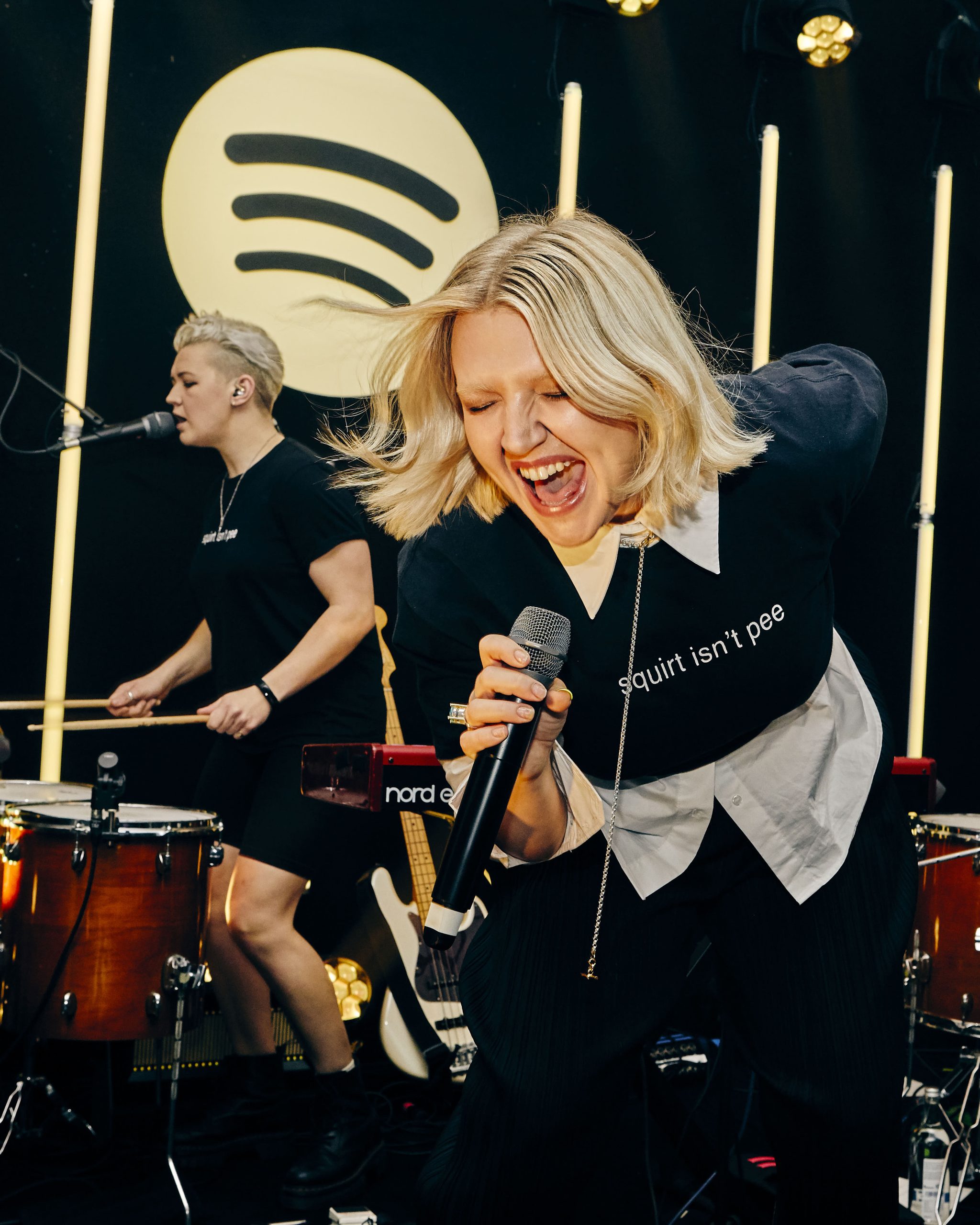
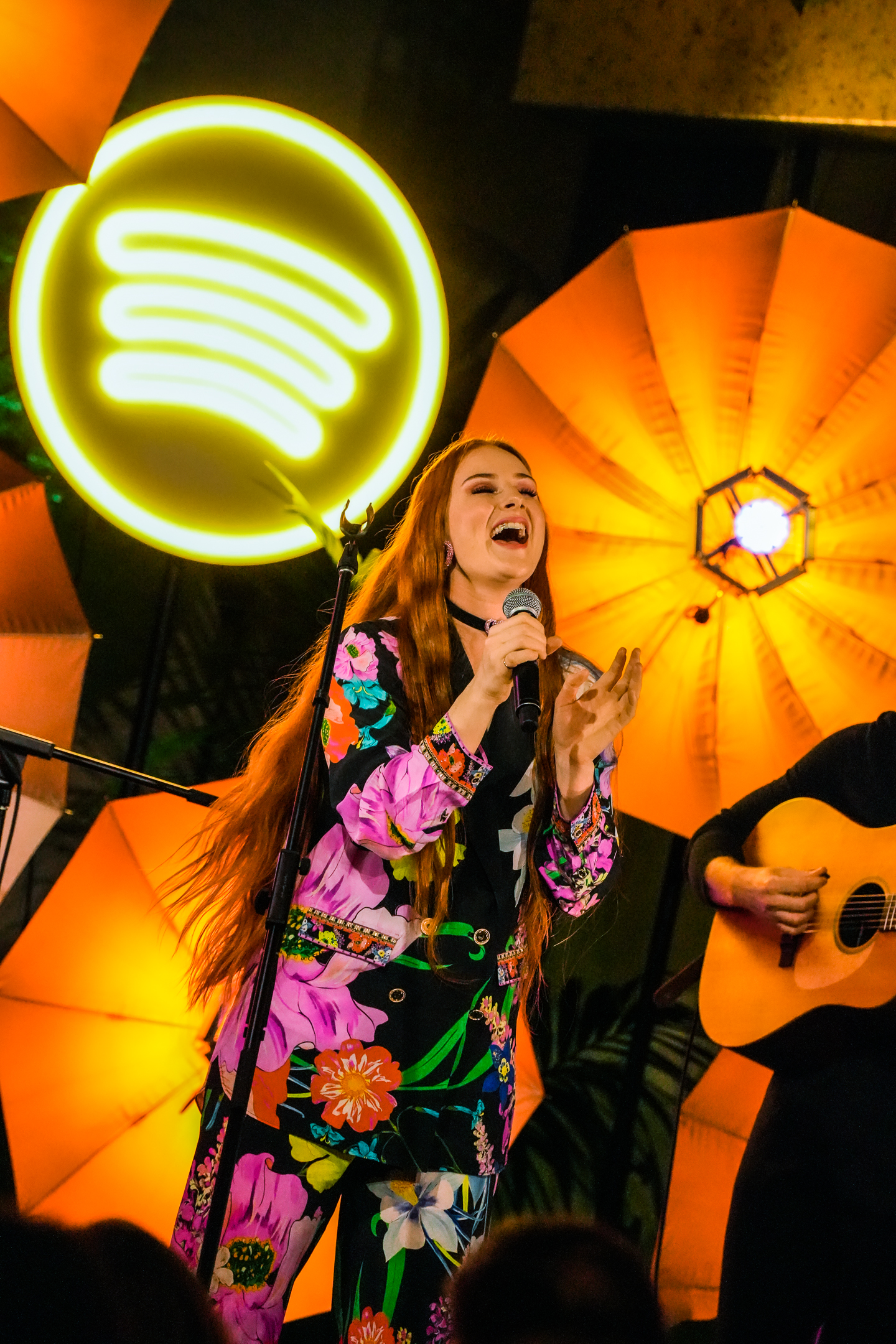
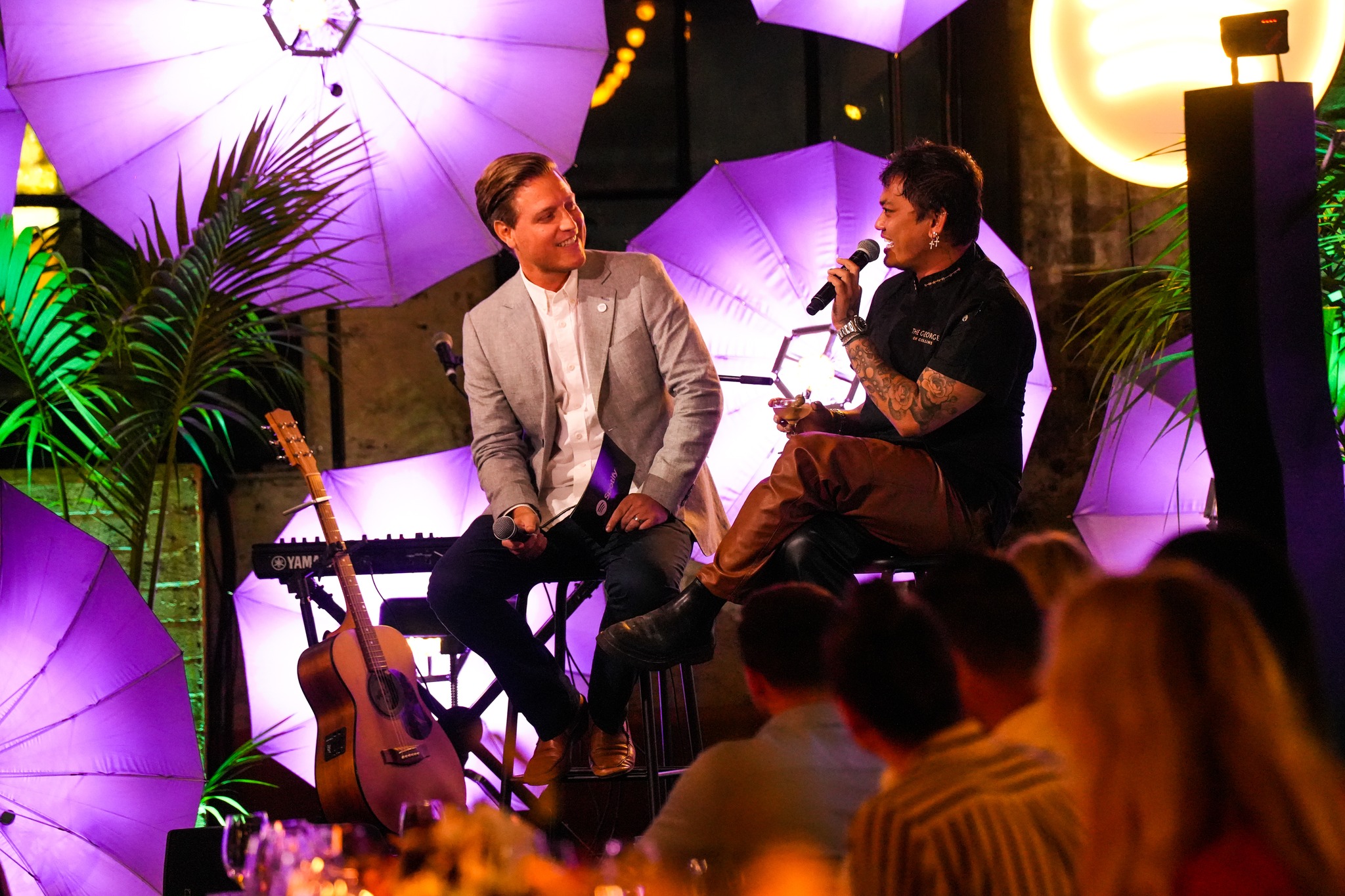
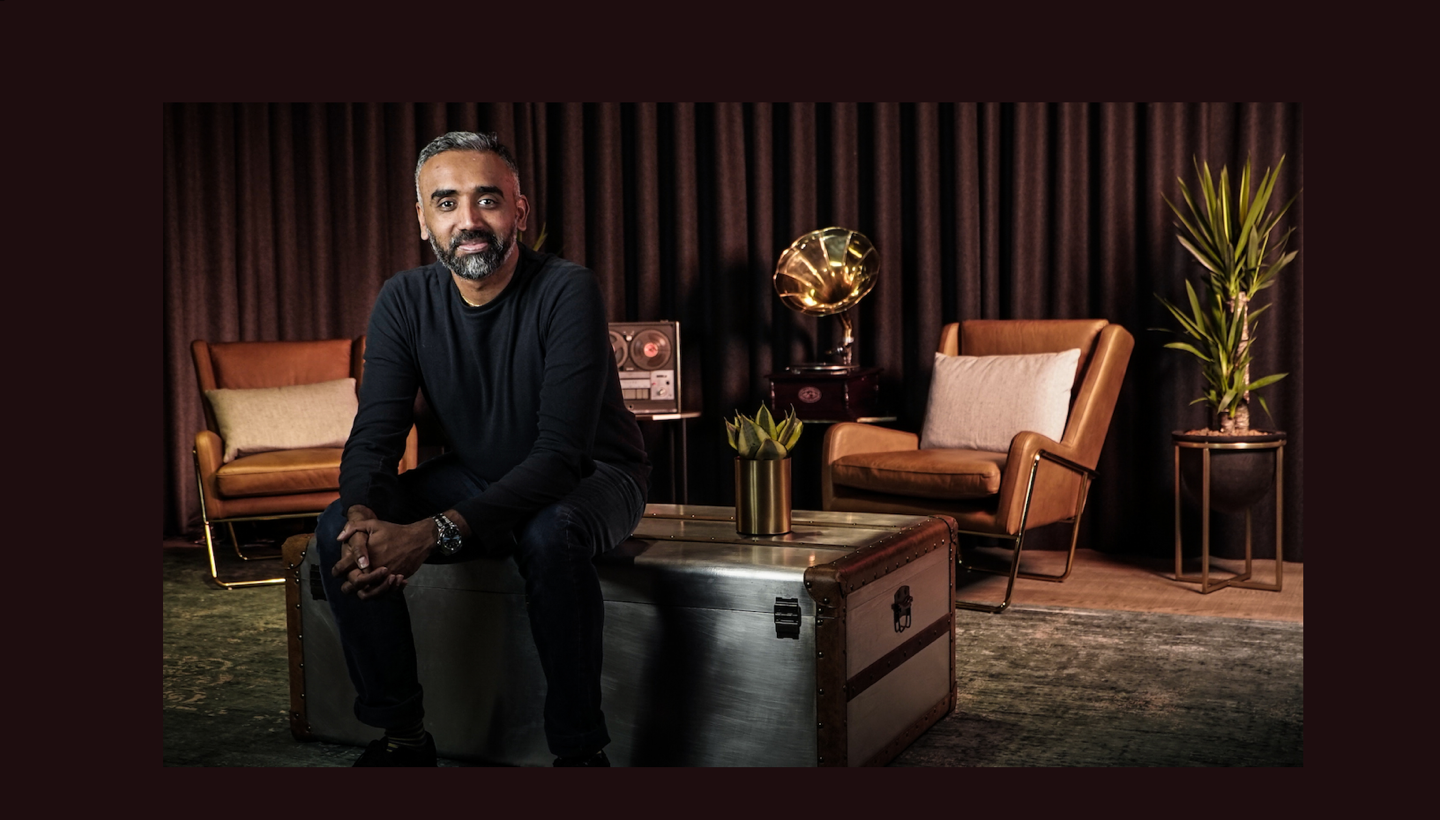
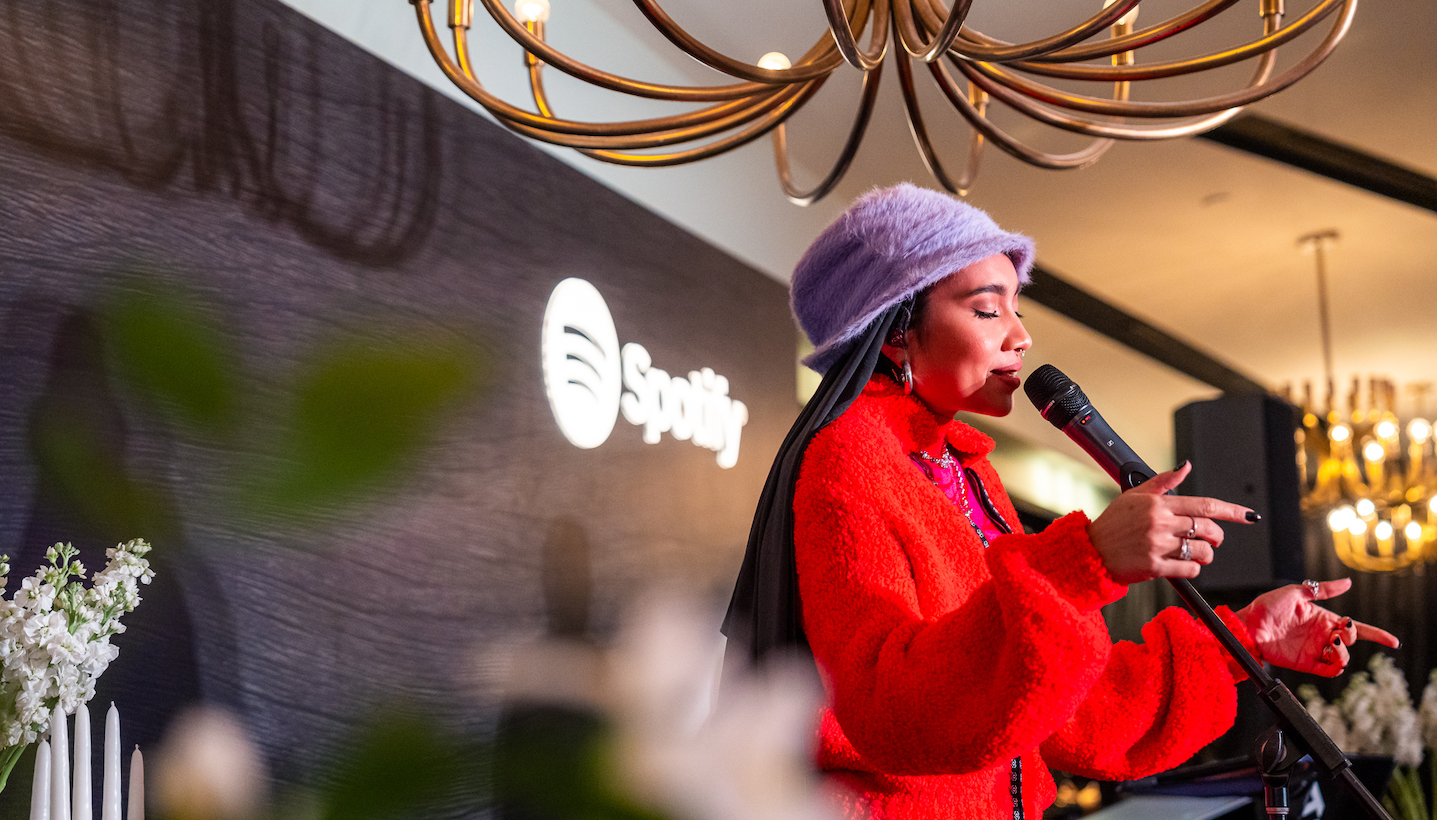
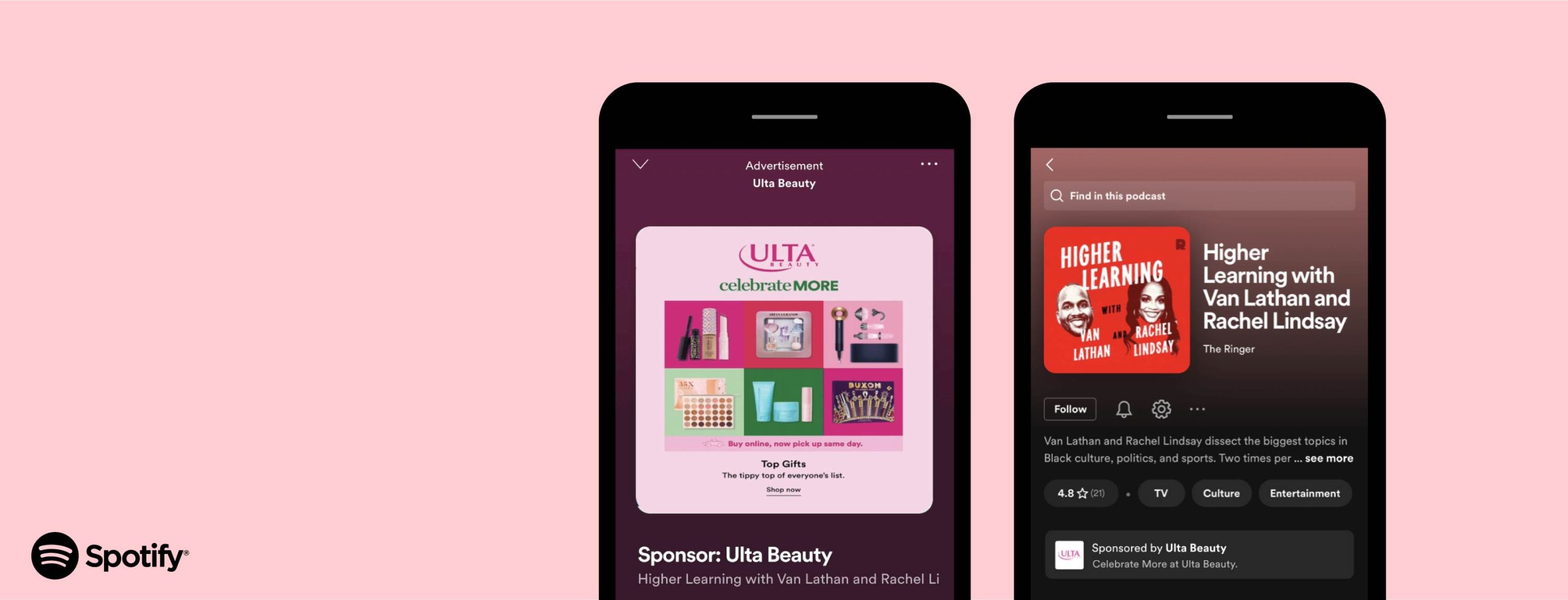
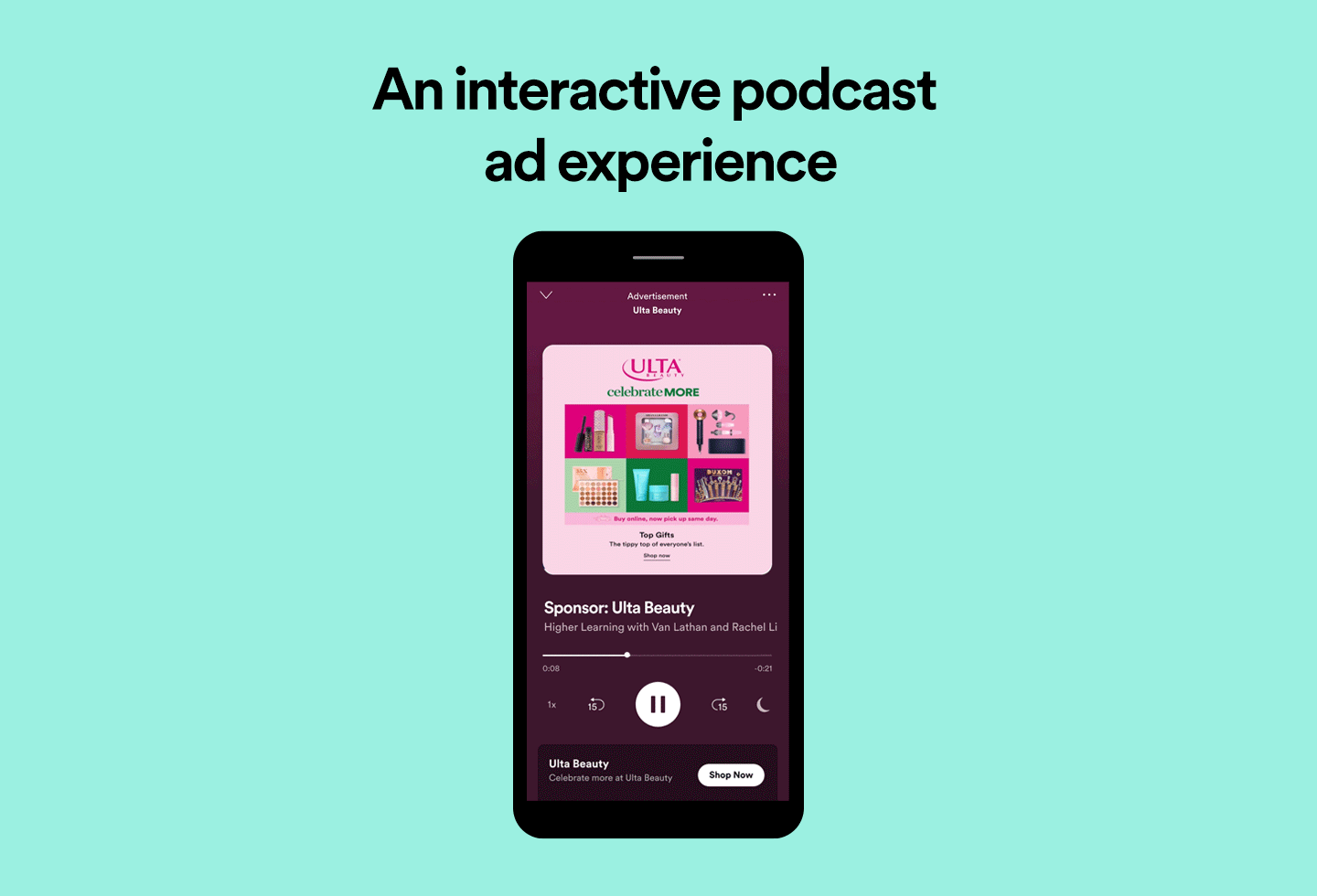
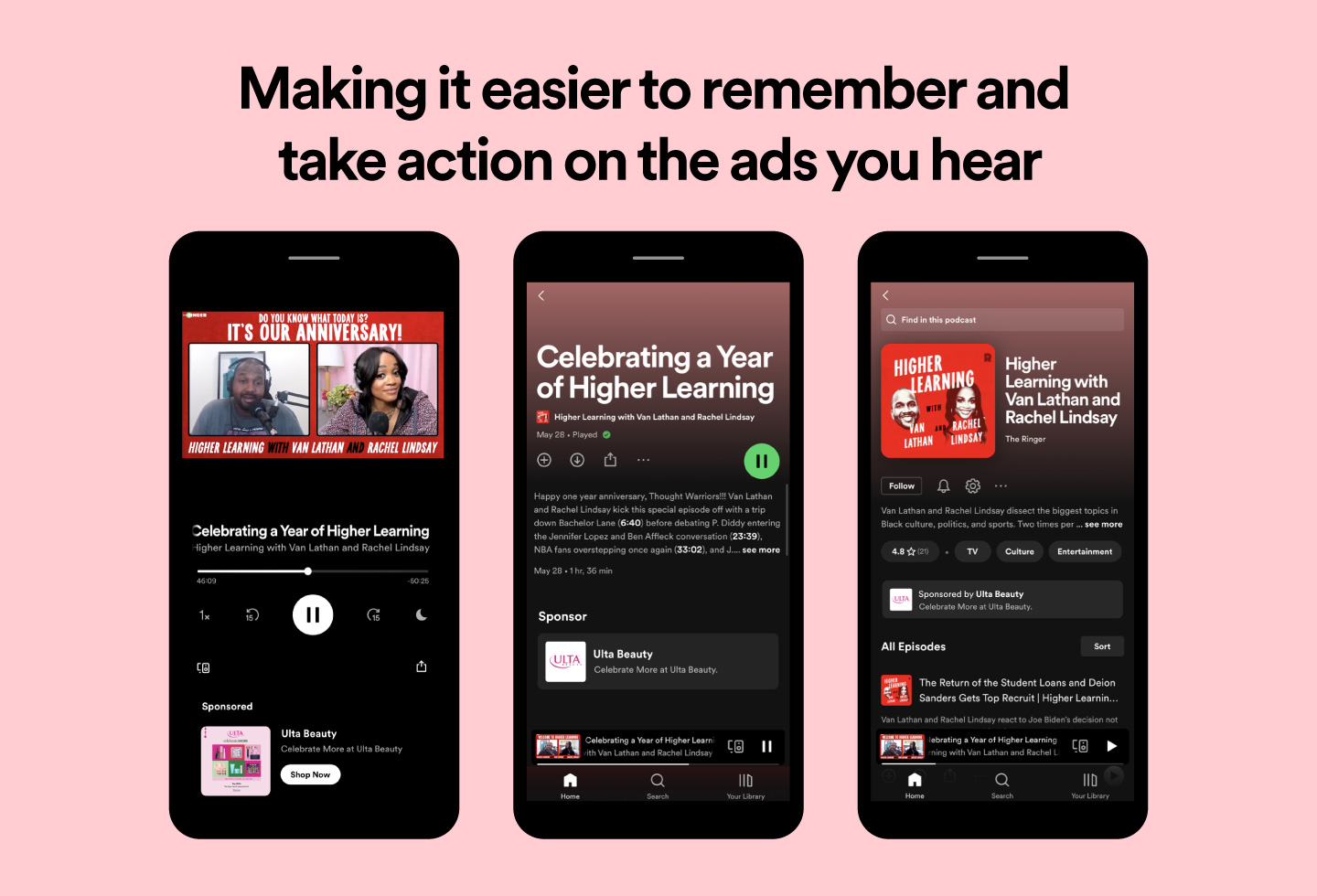
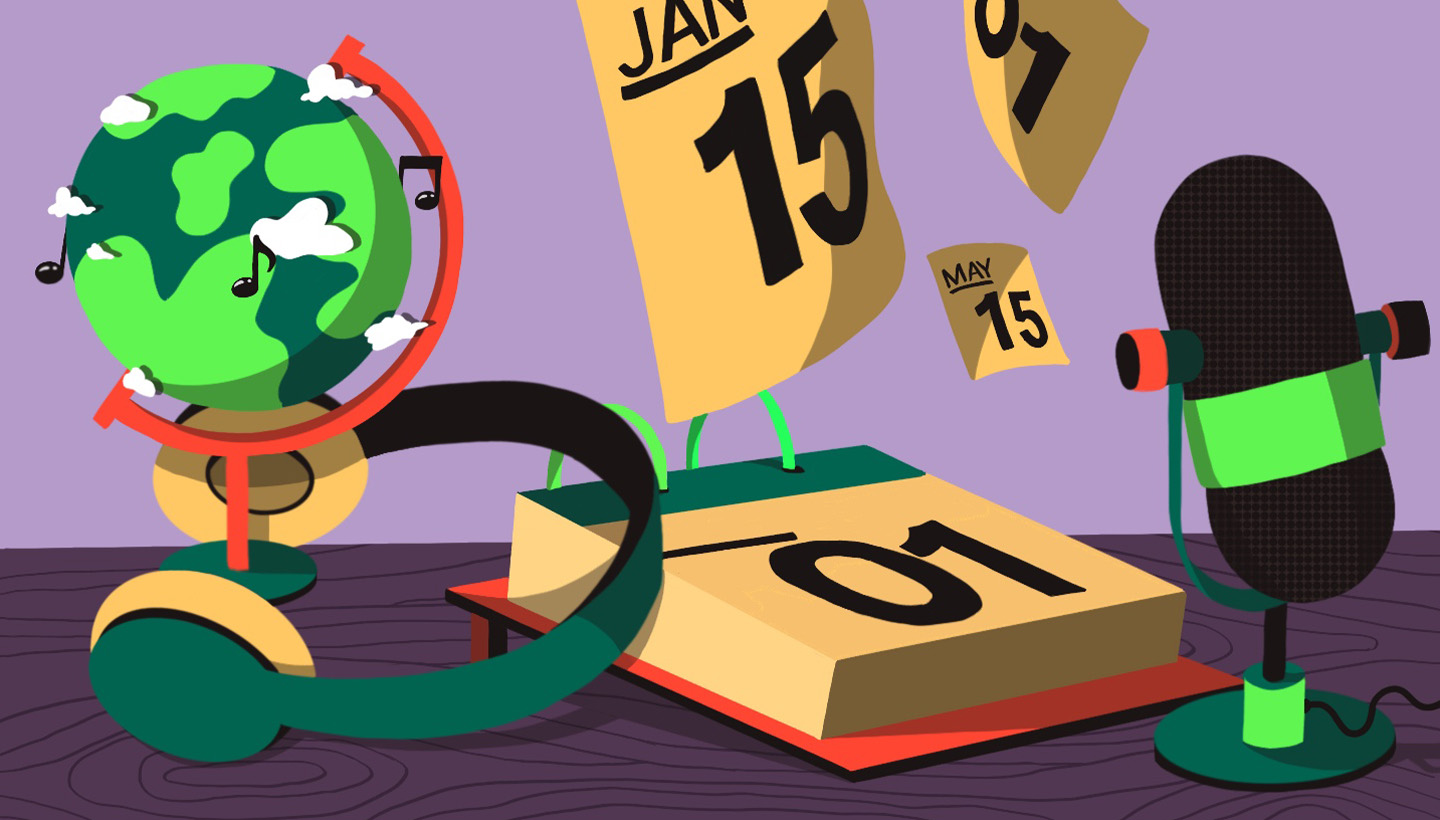
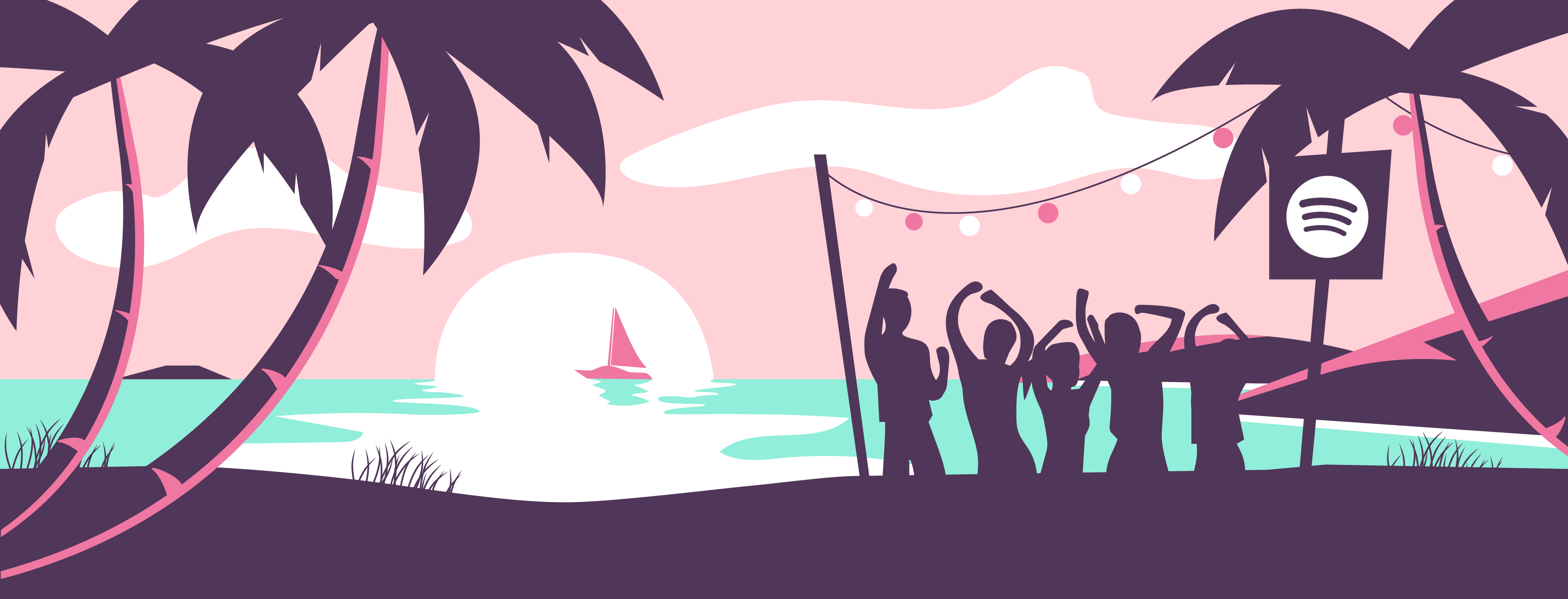
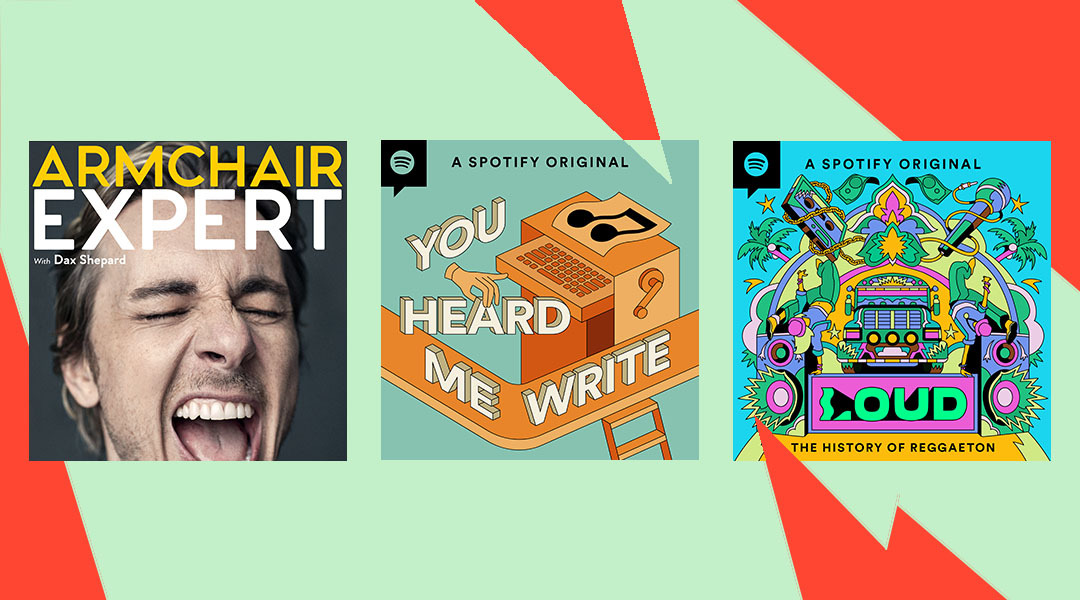
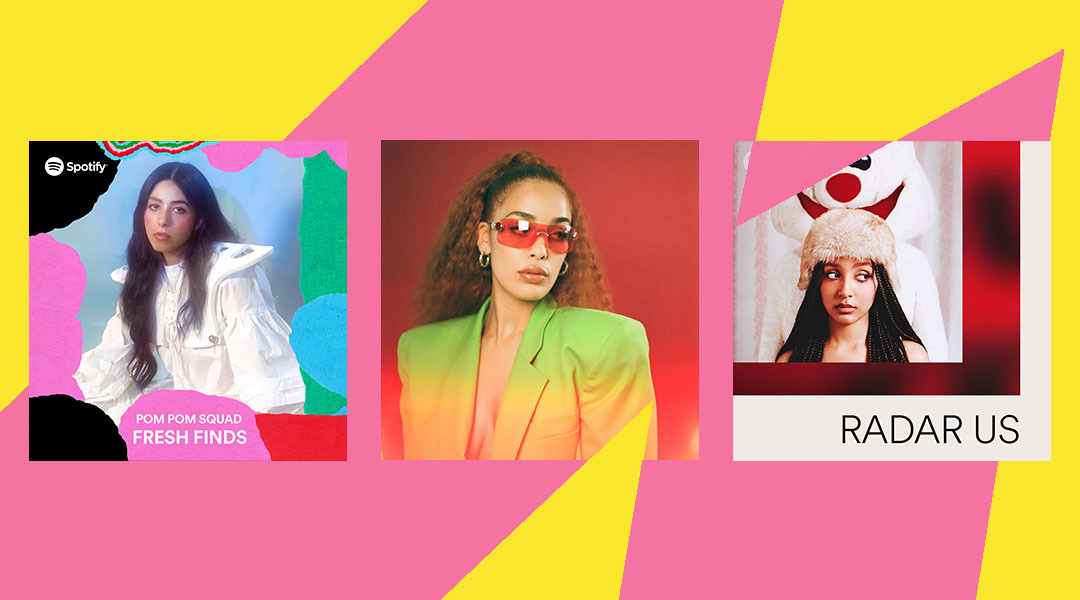
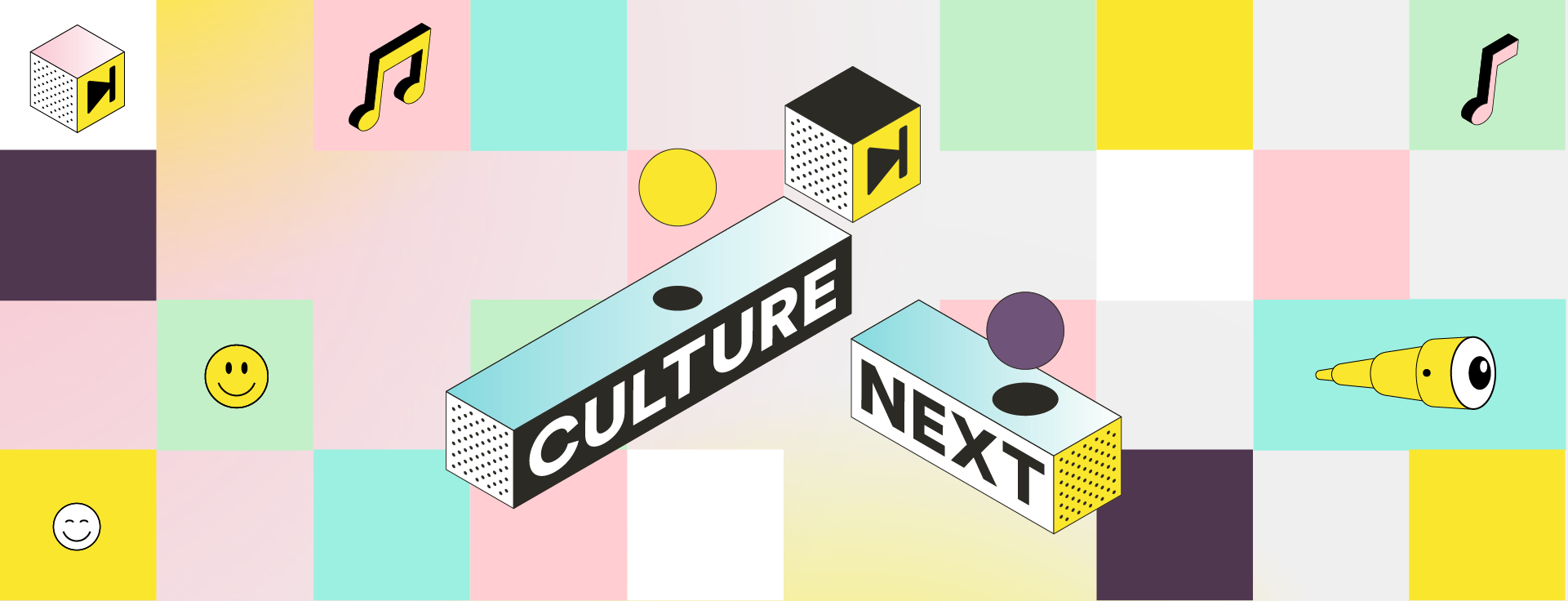
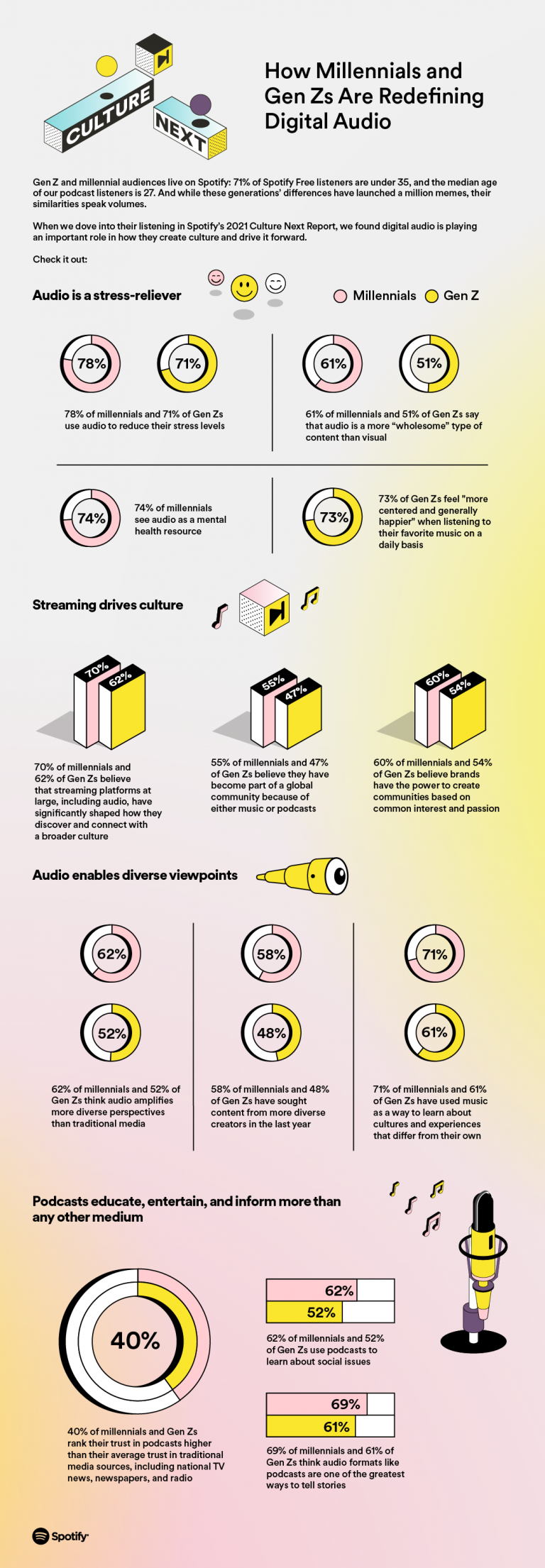
Recent Comments